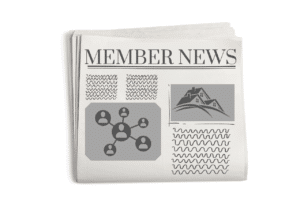The National Low Income Housing Coalition has published The Gap: A Shortage of Affordable Homes. The 2017 study reports over 11.4 million extremely low income (ELI) renter households in the United States (up from 10.4 million households reported in the 2016 gap analysis). A comparison of the 2016 and 2017 reports also shows an increase in the gap itself: from 7.2 million units up to a 7.4 million unit gap of affordable and available rental units.
The shortage of affordable housing equates to 35 affordable and available units per 100 ELI renter households in the United States. That ratio is exaggerated across the entire West Coast, as well as Nevada, Arizona, Colorado, Texas, Florida, New Jersey, and New Hampshire, where there are 30 or fewer available affordable units per 100 ELI renter households – the lowest being Nevada with 15 affordable units per 100 ELI renter households. Looking at the 50 states, the District of Columbia, and the 50 largest metropolitan areas, all have a shortage of affordable rental housing.
The report recommends reforming the Mortgage Interest Deduction so that more revenue is directed towards low income housing programs like the Housing Trust Fund, rental assistance programs, and the Low Income Housing Tax Credit. Such a proposal was recently introduced in the House by Rep. Keith Ellison (D-MN).


